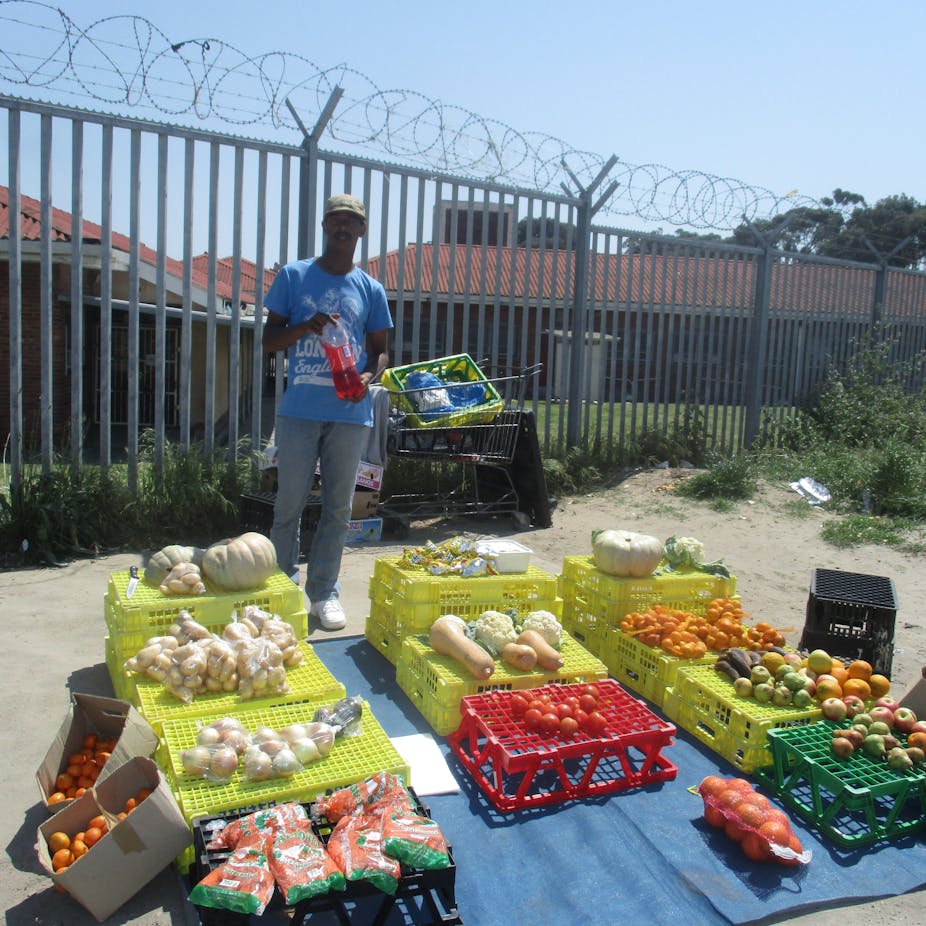Racial segregation in South Africa began with colonialism, but became an official policy in 1948 under apartheid. When the National Party came into power, it imposed apartheid onto the social, economic and political life of South Africans for almost 50 years.
To do so, the government had to create racial categories and make them part of legislation. One of the categories it created was “coloured”. In this article, the term “coloured” has been placed in inverted commas to acknowledge the fact that it is a constructed and contested term.
The racial category of “coloured” was a difficult one to create because it covered a diversity of physical appearances, accents and geography. This was the result of “coloureds” being the descendants of the sexual relationships between colonists, slaves from all over the globe and indigenous Khoe and San people.
The apartheid-era Population Registration Act No 30 of 1950 defined a “coloured” person as someone who was not white or “native”. Later, the group was further divided into classifications of the Cape “coloured”, “Cape Malay”, Griqua, Indian, Chinese, other Asiatic, and other.
In South Africa today, “coloured” people continue to actively participate in accepting, rejecting and remaking this racial identity. But the term is still sometimes associated with negative stereotypes.
Academic literature has depicted “coloured” men as being unskilled, having minimal education, and at risk of perpetrating violence. And some media tend to reinforce this view. In my research I wanted to look at how “coloured” men see and talk about themselves and their experiences of being “coloured” in post-apartheid South Africa.
The men in my study challenged the stereotypes and also told me about the impact of these stereotypes on their lives. These narratives matter because they show the dire consequences of stereotypes and how people can speak back against them.
Widening the lens
The academic literature on “coloured” men has focused predominantly on the risk they pose to others and themselves. This often results in particular kinds of representations of them. For example, studies have looked at “coloured” men as perpetrators of domestic abuse and rape. Violence in their communities, and experiences of gang membership and imprisonment, have also been the subject of studies.
This research is necessary as it shows how violence shapes the lives of people. But violence is not the only narrative on “coloured” communities and among “coloured” men.
In my work I wanted to take a more holistic and historical approach and show the complexities of “coloured” men’s experiences.
My study collected data by asking participants, aged 18 to 60, to show their experiences in the form of photo narratives and through interviews. I used data from 20 men who were historically classified as “coloured” and lived and worked in Bishop Lavis. Bishop Lavis is a “coloured” community created under apartheid, about 20 km from central Cape Town, and is often in the news for incidents of crime. The questions were about what it meant to be “coloured”, what it meant to be a man, and their experiences of living in Bishop Lavis.
I found that the participants used the research process as a way of claiming a positive self-image and constructing alternative narratives about themselves and their communities.
In telling their stories, the men renegotiated power by reasserting their versions of self and community. They resisted the dominant stories that are constantly told about the community of Bishop Lavis and how dangerous the place is. They constructed the space as “lekker” (“nice”), and as home, where they belonged.
The participants challenged the picture of “coloured” men as drunkards, violent, gangsters, and absent fathers. They positioned themselves as respectable men who took responsibility for their children, provided their children with love and support, and were not thieves or gangsters. The old and young men shared similar stories about what it meant to be a “real man”. A “real man” provides, protects and takes responsibility for his family. He does not abuse women and children. He is not a gangster.
Their photographs also spoke back to negative stereotypes about their community and their racial identity. They took pictures of their communities showing how vibrant it is but also showing the run-down parks and lack of resources. There were pictures of their friends, children and family and their businesses and sports.
Throughout the research process, the men spoke of how crime in the area had affected their everyday lives and how they constantly had to take care to stay safe and out of trouble. They all emphasised their lack of freedom and how they felt unsafe in the area. When looking for work, men from areas such as Bishop Lavis, who are stereotyped as violent and gangsters, have to deal with employers seeing them as untrustworthy and a threat to people’s safety. These stereotypes also result in “coloured” men being stopped and searched by police officers, which strips them of their dignity.
Redefining identity
My research contributes to work on “colouredness” by understanding how people define and renegotiate their racial identity, how they challenge stigmatising characteristics and present alternative ways for imagining “colouredness”.
These marginalised men, despite their situation of high unemployment, a lack of resources and opportunities and despite gangsterism, are refusing to be violent and are choosing to “do masculinity” differently.
A more balanced picture of these men’s experiences and lives allows society to see them as more than just criminals. This has a profound impact on these men’s lives. They are often racially profiled and searched by the police. They miss out on job opportunities because of the stereotypes attached to their racial identities and communities.
As researchers we have a big responsibility to avoid reproducing or reinforcing stereotypes in the work that we do.

